Research: Ecological research on this species (e.g., diet, habitat use) has employed several techniques. Sign surveys are common in many parts of the range. Camera traps have been used extensively in southeast Asia and China. Radio-collars have been used in Japan, Taiwan, South Korea, the Russian Far East, and India, providing more detailed information on movements and seasonal habitat use. Unlike American black bears, very few researchers have visited and handled Asiatic black bears in winter dens. A number of studies have used local interviews to gain information on bear presence, perceived population trends human–bear conflicts, bear mortalities, and attitudes towards bears. Additionally, some interview surveys have employed sophisticated questioning techniques to try to understand use of bear bile, aspects of the illegal wildlife trade, and potential for demand reduction. Several recent studies have collected presence points from camera traps, sign surveys, or interviews to create species distribution models to predict occurrence, or to employ the data in occupancy models to help monitor population change. Research using genetic tools have become increasingly popular with this species, aimed at understanding genetic diversity of fragmented populations and subspecies status.
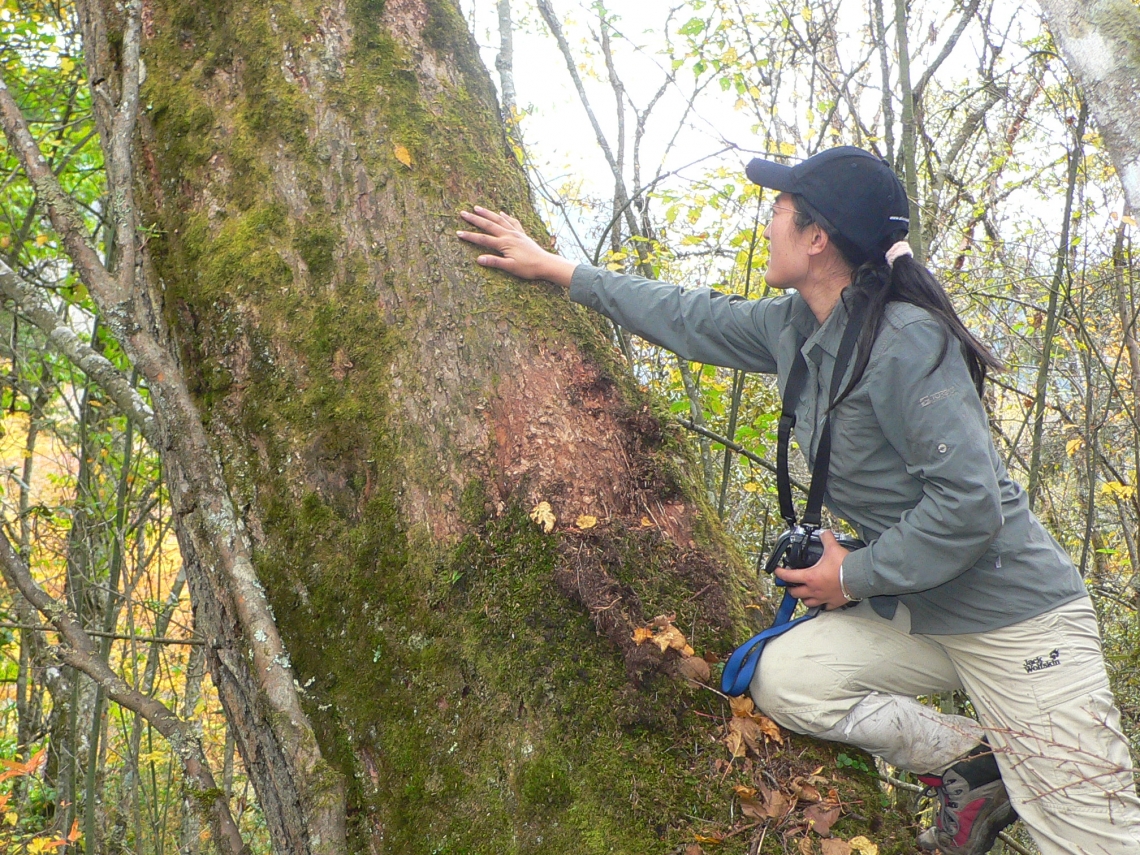
Asiatic black bear_U thibetanus_China_examining bear sign_D. Garshelis

Asiatic black bear_U thibetanus_China_examining tree nest_M-H Hwang
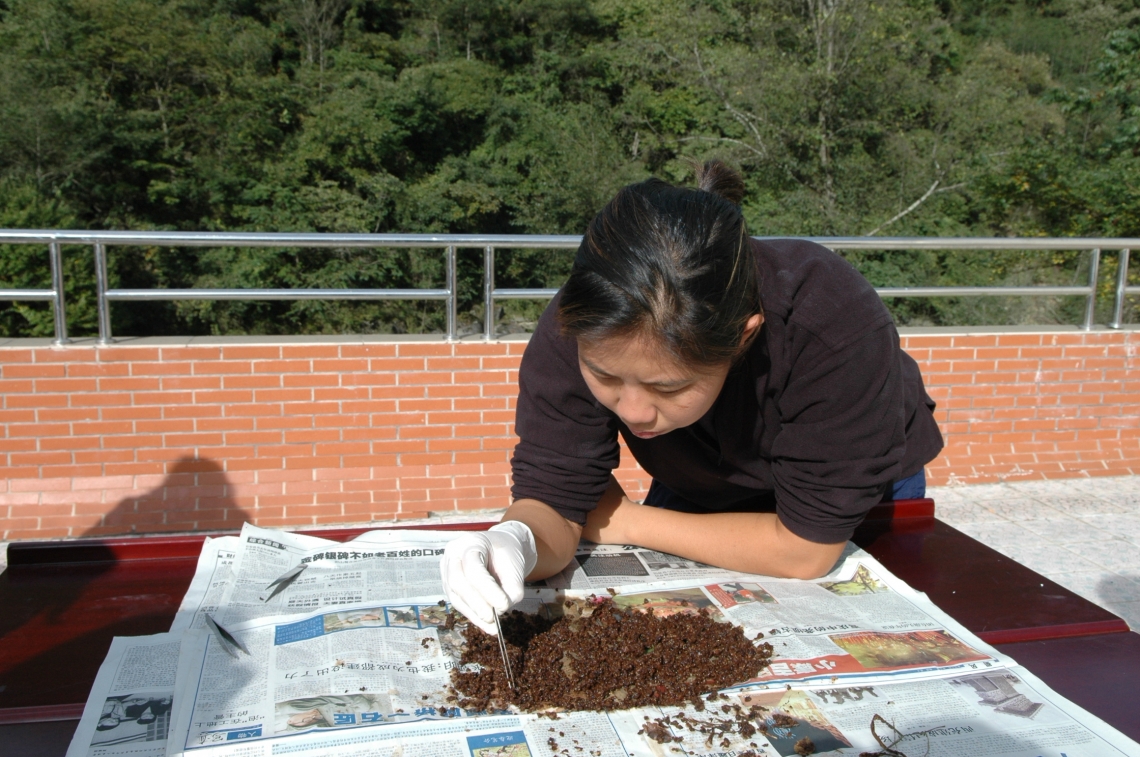
Asiatic black bear_U thibetanus_China_examing bear scat_M-H Hwang

Asiatic black bear_U thibetanus_Taiwan_ground nest with researcher_M-H Hwang
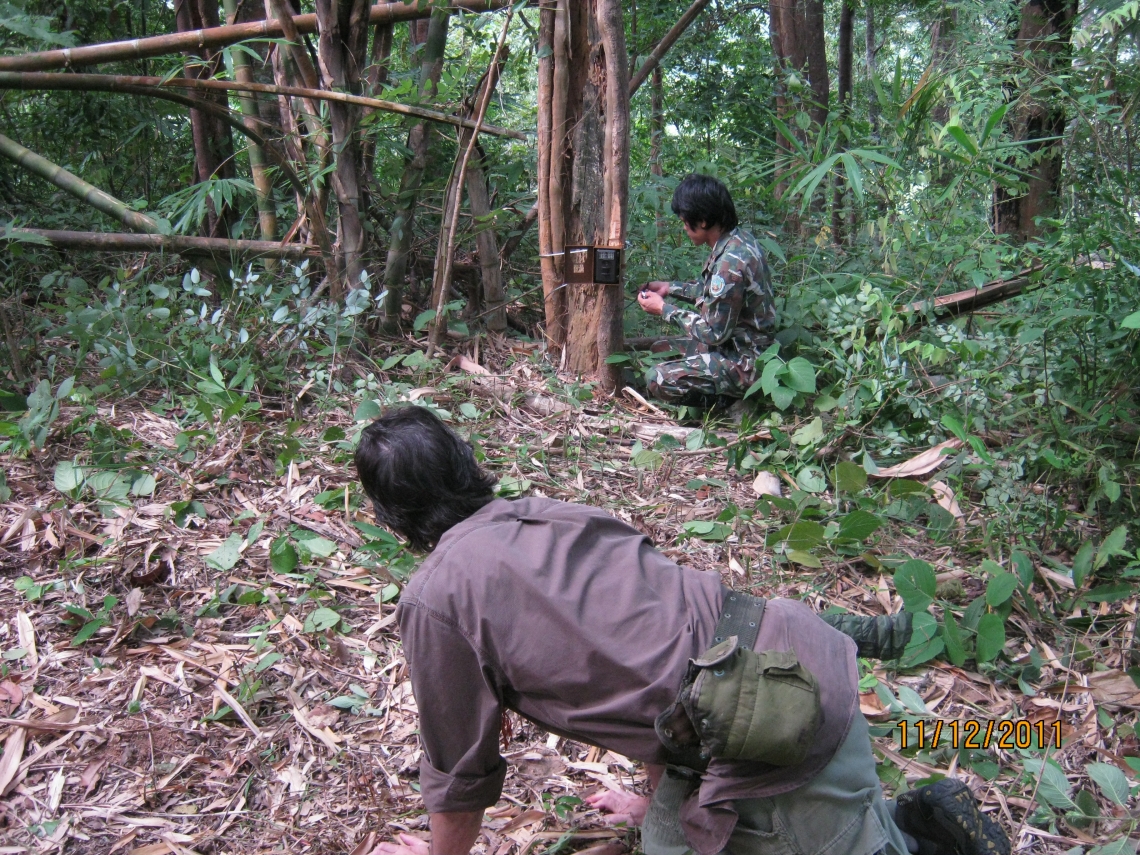
Asiatic black bear_U thibetanus_Thailand_camera trapping

Asiatic black bear_U thibetanus_Japan_barrel trap_S Koike
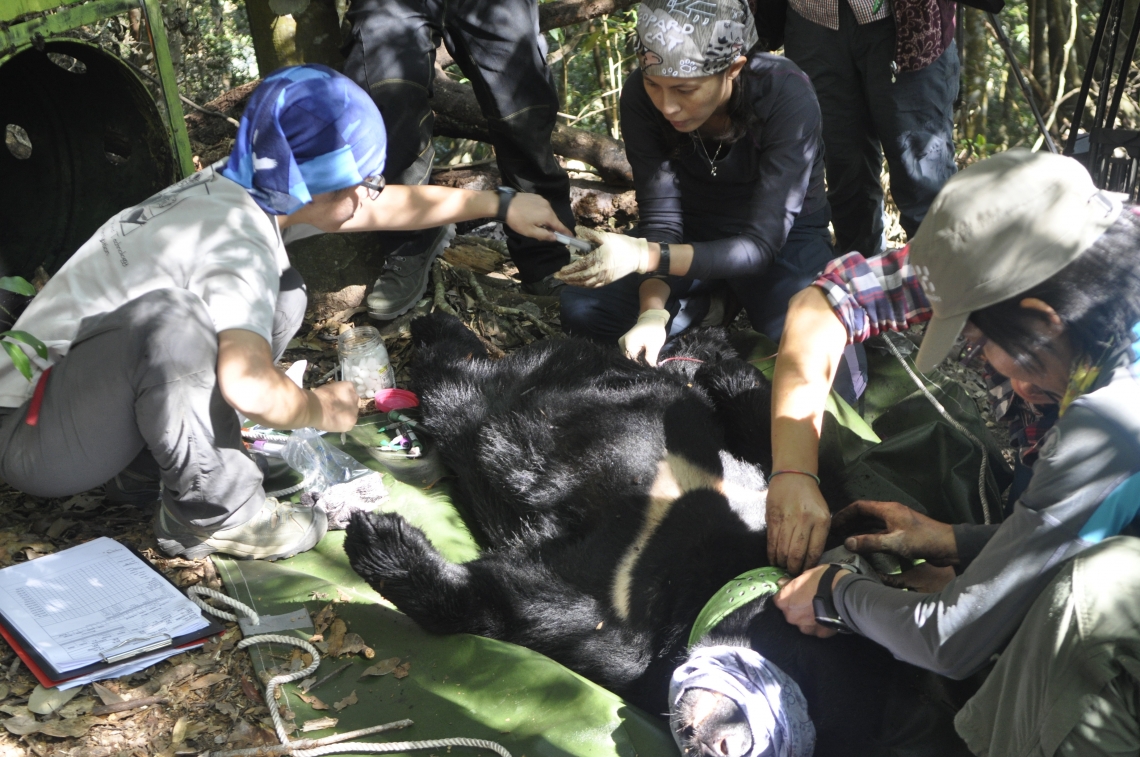
Asiatic black bear_U thibetanus_Taiwan_radiocollaring_M_H Hwang
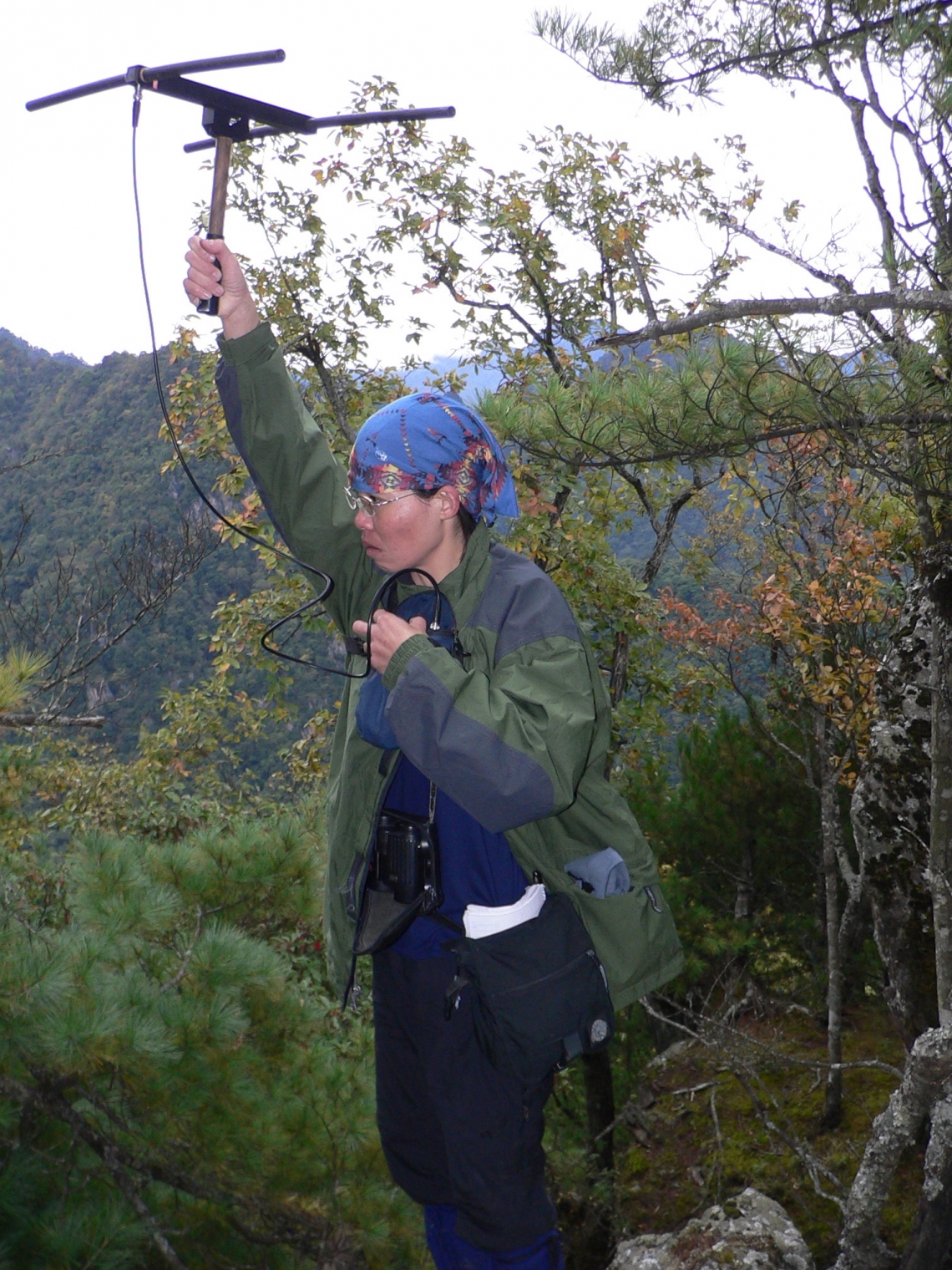
Asiatic black bear_U thibetanus_Taiwan_radiotracking_D Garshelis
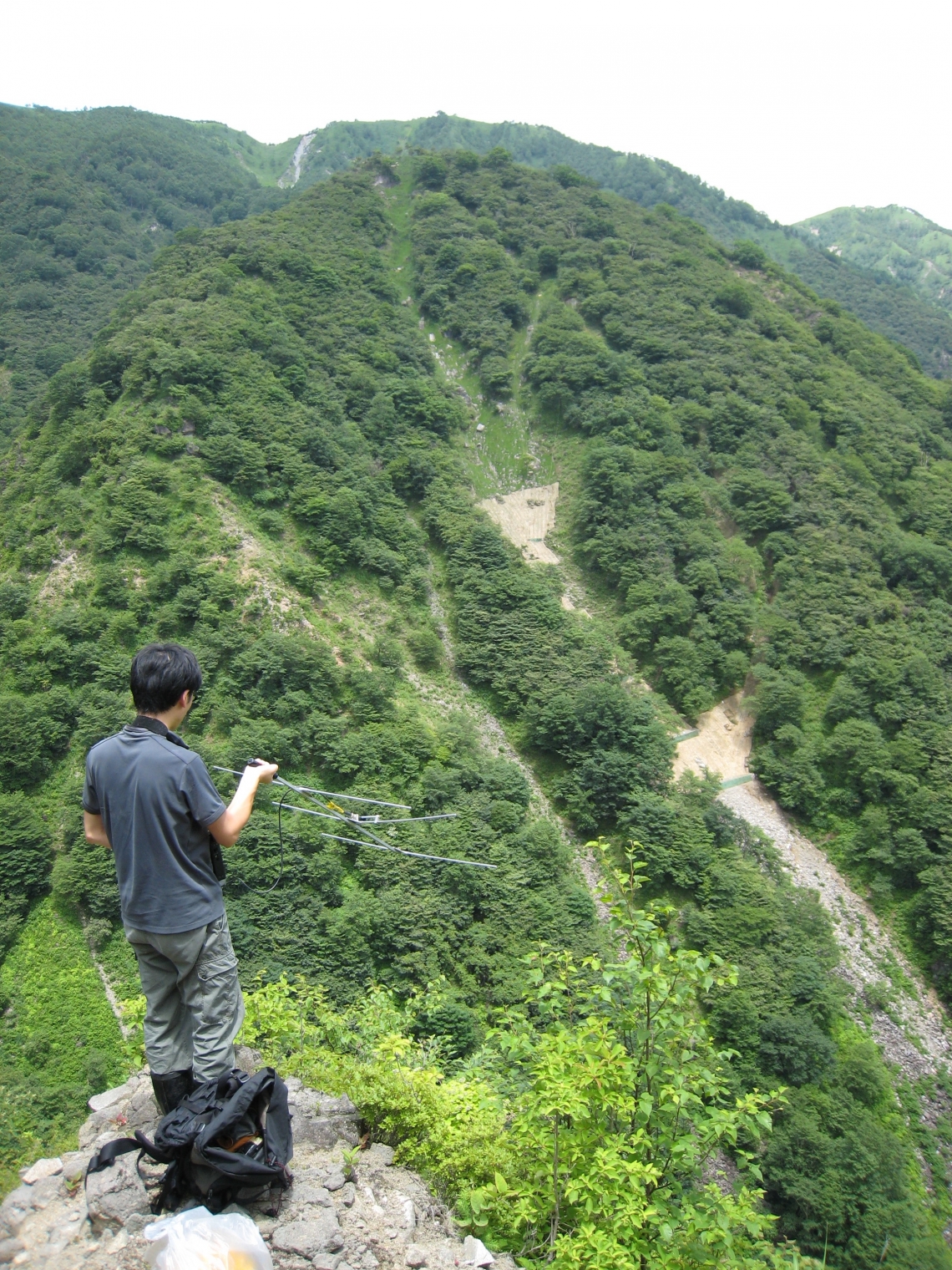
Asiatic black bear_U thibetanus_Japan_radiotracking_S Koike

Asiatic black bear_U thibetanus_China_climbing mountain to radiotrack_D Garshelis
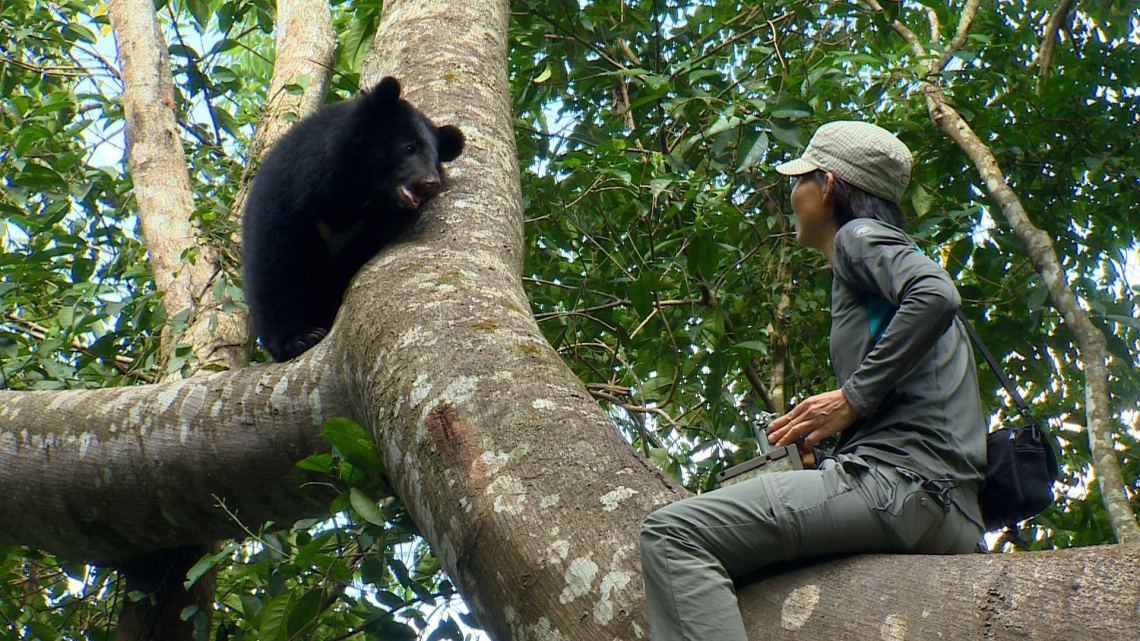
Asiatic black bear_U thibetanus_Taiwan_training orphaned cub for release_M-H Hwang

Asiatic black bear_U thibetanus_Russian Far East_experimental work with orphaned cub_S Kolchin
Asiatic black bear_U thibetanus_Taiwan_walking at night video by camera trap_M-H Hwang
Conservation actions: Four range countries (China, Lao PDR, India, and Vietnam) are among the top 10 countries in the world in terms of rates of forest gain. However, it is unknown to what extent these reforested areas support bears. In Vietnam, poaching may have already eliminated bears in many local populations, and the new forest plantations contain little bear food. Community-managed forests have become an increasingly important tool for conservation of large mammals in some parts of Asia.
Reduction in poaching is the most needed conservation measure. Actions have taken various forms, including increased patrolling to remove snares, studies to better understand where snaring occurs so as to better target enforcement efforts, and community incentives to reduce snaring. Efforts are also underway to reduce demand through public awareness campaigns that emphasize use of alternative medicines and the negative conservation impacts of using wild bile. However, most of these efforts have seen limited or short-term success. It remains unclear whether availability of farmed bile has helped reduce bear poaching in China by coaxing people away from purchasing wild bile: a recent study found that some users of bear bile readily switch between farmed and wild bile, depending on progression of an ailment that they are trying to treat. In Vietnam, farms were stocked with bears from the wild, and there is evidence that bear populations declined rapidly coincident with the expansion of farming. However, closing farms left bile users no choice but to seek wild bile. A synthetic bile that matches the actual chemistry of bear bile (not just UDCA) is currently being developed, with the hope that this will replace use of bear bile and hence the impetus to poach.
Although a large number of research projects have focused on human–Asiatic black bear conflicts, some making projections on where and when the greatest risks of conflict should occur, actual efforts to reduce conflicts using modern effective methods (e.g., bear-proof garbage bins, electric fencing, guard dogs, changes in animal husbandry practices) have been limited to just a few places (e.g., Japan).
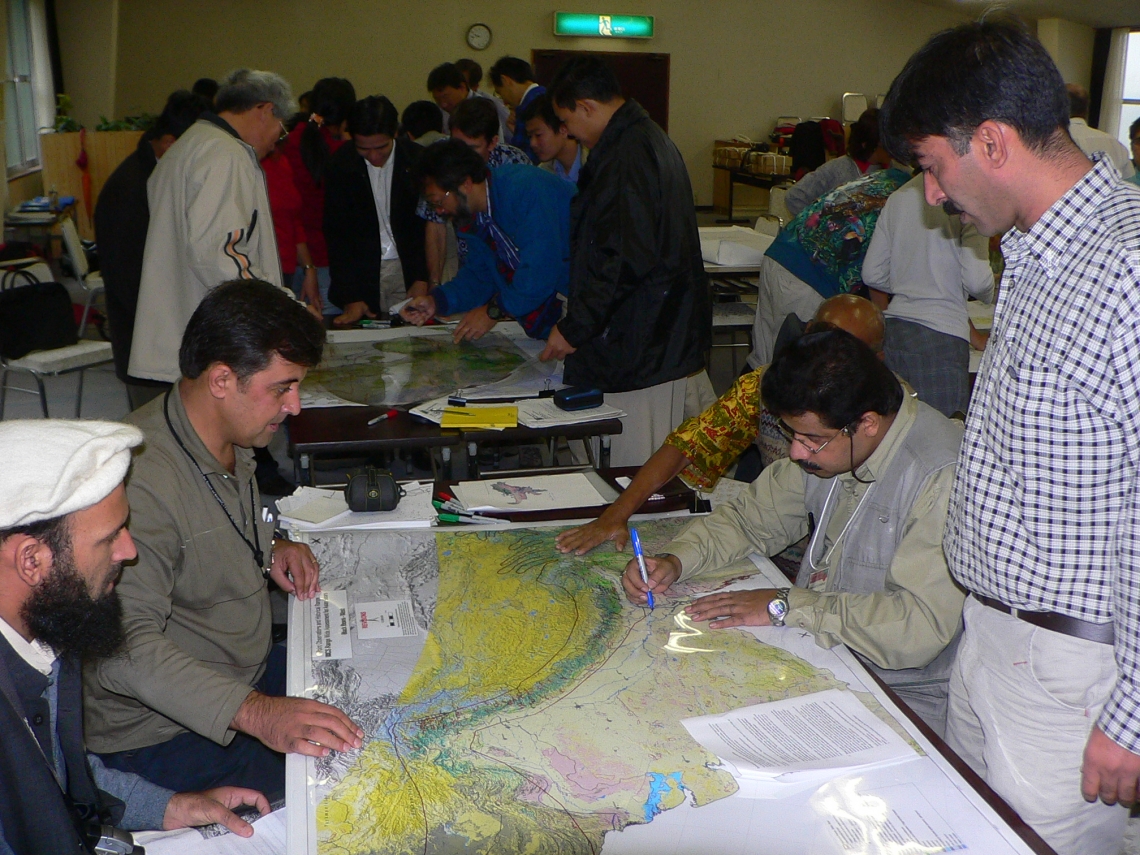
Asiatic black bear_U thibetanus_mapping bear range_D Garshelis

Asiatic black bear_U thibetanus_Taiwan_Mei-hsiu Hwang featured on cover of National Geographic for conservation work_D Garshelis
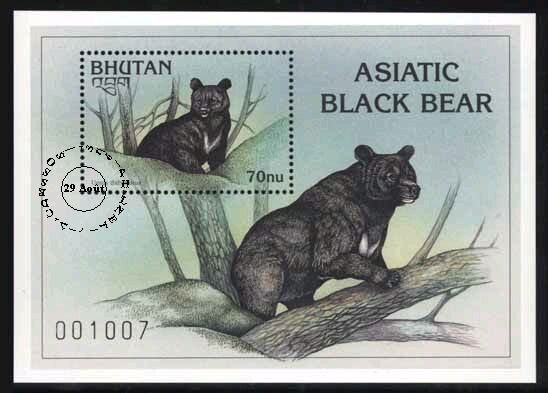
Asiatic black bear_U thibetanas_Bhutan_stamp for conservation
Asiatic black bear U thibetanus_Thailand_scent on tree documents use of corridor connecting protected areas by a mother and cubs_Dusit Ngoprasert